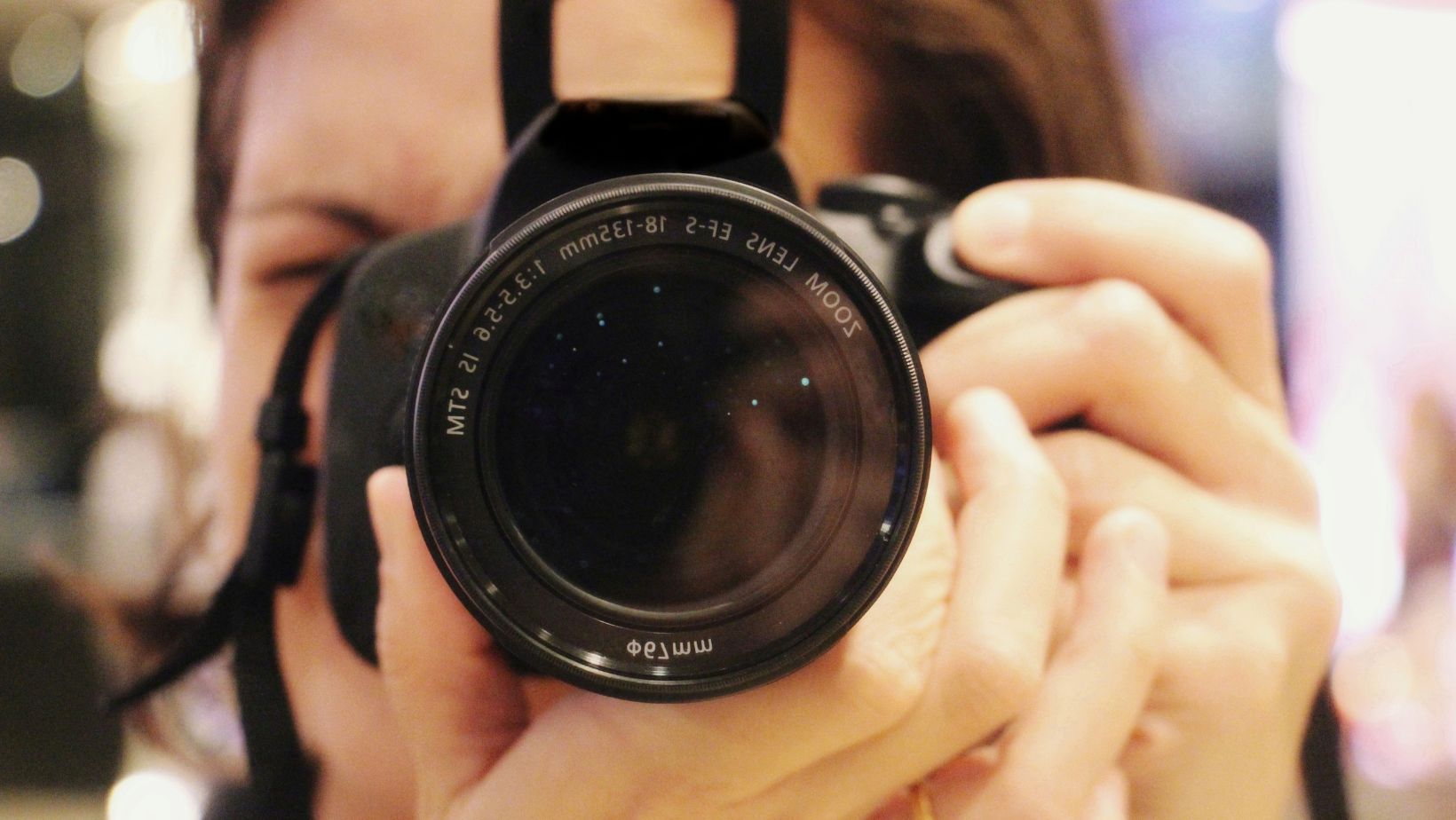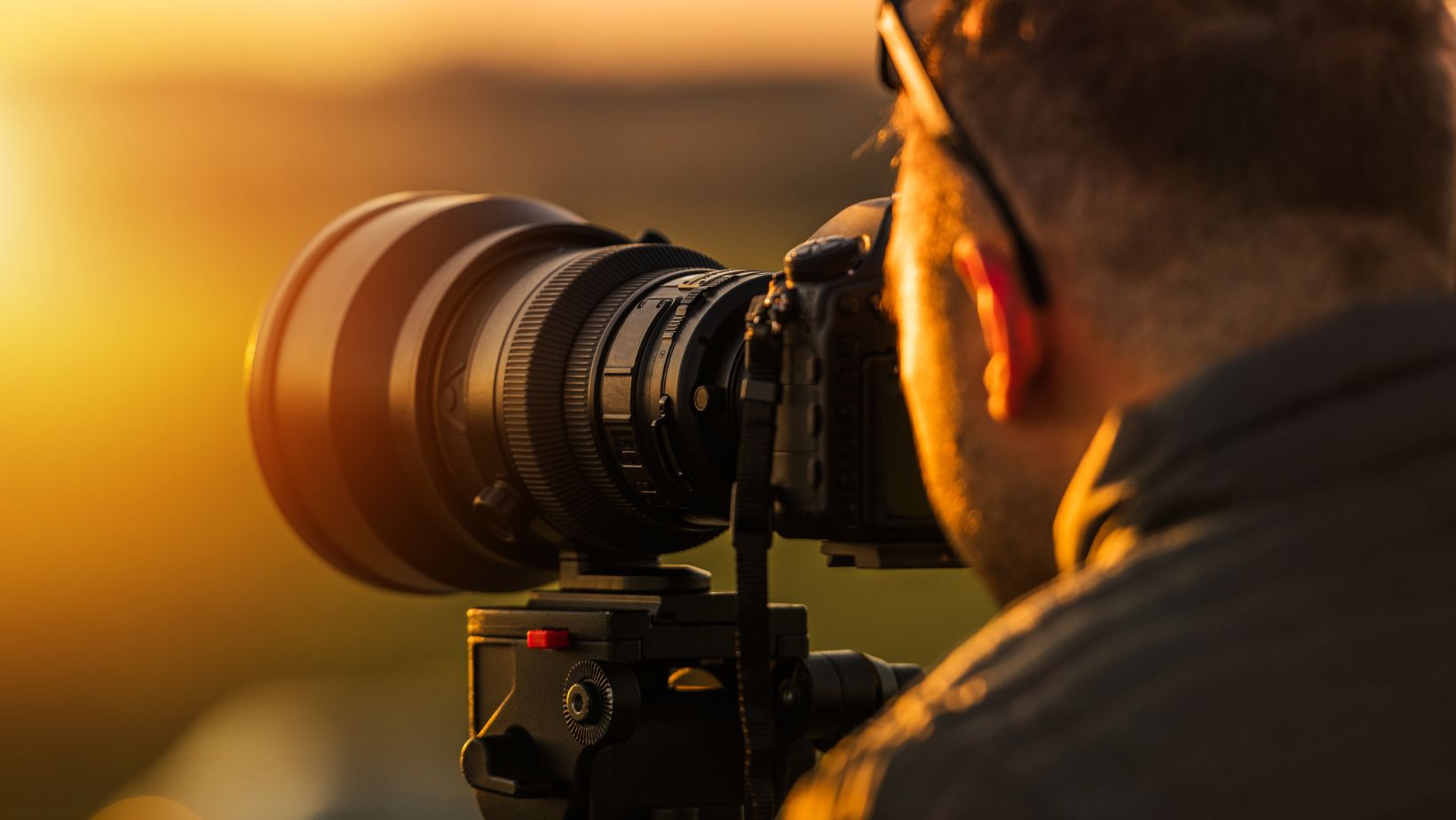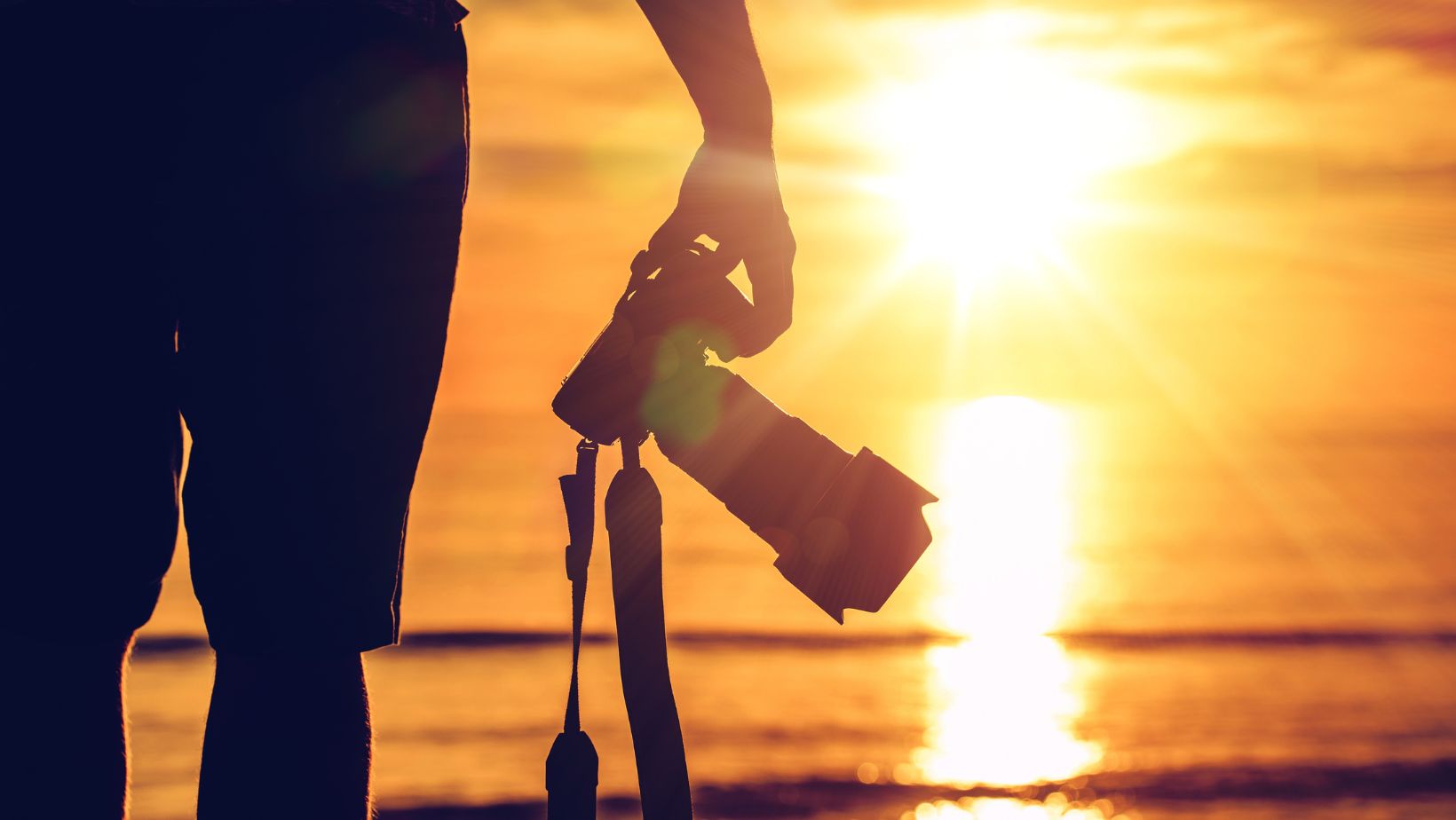
Capturing those once-in-a-lifetime moments on a couple’s wedding day requires both artistry and technical expertise from photographers. The wedding photographer must come prepared to handle the unique challenges and logistics of photographing a wedding seamlessly and adaptively. From gear to lighting to composition, there are many technical considerations for photographers to master in order to beautifully and meaningfully document a couple’s big day.
Selecting Versatile, High-Quality Equipment
The wedding photographer knows that having the right high-quality equipment is essential to be able to handle the demands of wedding photography. Top photographers featured on wedding marketplaces like Wezoree or Breezit always have the latest gear from reputable brands known for reliability. They need equipment that is versatile, durable, and reliable to withstand a long day of continuous shooting. Here are some key equipment recommendations:
- Camera Bodies: At a minimum, the photographer will bring two camera bodies to have redundancy in case of technical issues. Full-frame DSLR or mirrorless cameras allow for shooting in diverse conditions. Features like fast FPS burst rates, strong low-light capability, and dual card slots are ideal.
- Lenses: The photographer selects lenses covering a range of focal lengths to adapt to any scenario: wide-angle and telephoto zooms, 85mm or 100mm primes for portraits, a 50mm prime for low light, and more.
- Flashes: Portable strobes are a must for creative supplemental lighting. On- and off-camera techniques allow for flattering and artistic flash photography.
- Accessories: Spare batteries, memory cards, reflectors, external battery packs, light stands, umbrellas, and camera straps designed for heavy gear are photography essentials.
Investing in reliable high-end equipment from trusted sources lets the wedding photographer focus fully on their creative work.

Mastering Challenging Lighting Environments
For the skilled wedding photographer, light is their paint and the camera is their brush. They must know how to adapt their use of light to create flattering, artful images in any lighting environment. This mastery of lighting comes with time, patience, and experience.
The wedding photographer must learn to assess and adjust to the unique lighting conditions of each wedding scenario, whether bright midday sun or a dimly-lit ballroom. By studying how light interacts with their subjects and environments, they can sculpt beautiful lighting. NYC wedding photographers in particular have a knack for adapting to the rapidly changing urban light of the vibrant city.
Experimenting with exposure levels, ISO settings, lighting angles, and flash techniques allows the photographer to problem-solve challenging lighting situations. They may finesse harsh sunlight with fill flash or reflectors. Or amplify dim reception hall lighting with wide aperture primes and off-camera flash. Other tricks include gels for color balance, bounced flash for diffusion, and off-camera strobes for directional lighting effects.
Post-processing provides even more control for the photographer to perfect contrast, colors, and brightness in their images. With time and persistence, they gain lighting mastery to handle any wedding location under the sun or under the stars. Their ability to craft gorgeous, emotive lighting helps share the story of each couple’s celebration.
Adapting Composition Instantly
As moments unfold rapidly on a wedding day, the photographer must think swiftly and adapt their composition to capture impactful perspectives. This requires visualization and an ability to spot strong photo opportunities in a split second. Some techniques they may use are:
- Scouting venues ahead of time to pre-plan ideal shot locations and angles
- Moving quickly while shooting to find the best vantage point, unencumbered by gear
- Getting close to the action during ceremonies and reception events
- Directing groups tactfully into flattering, visually pleasing arrangements
- Framing candid moments thoughtfully using foreground elements and positive space
- Shooting continuously to increase chances of capturing peak action and emotion
With practice and persistence, the wedding photographer gains compositional skills and flexibility to artfully capture wedding moments as they happen.

Conclusion
Ultimately, the wedding photographer must blend their technical expertise with the human touch and storytelling ability to produce meaningful images for their clients. The camera technology will always continue improving, but photographic mastery goes deeper than that. When technical skills are paired with compassion, emotional awareness, and creativity, the heart and meaning behind each image shines through. The wedding photographer who can evolve technically while never losing their vision and humanity will better serve their clients and produce images that stand the test of time.























